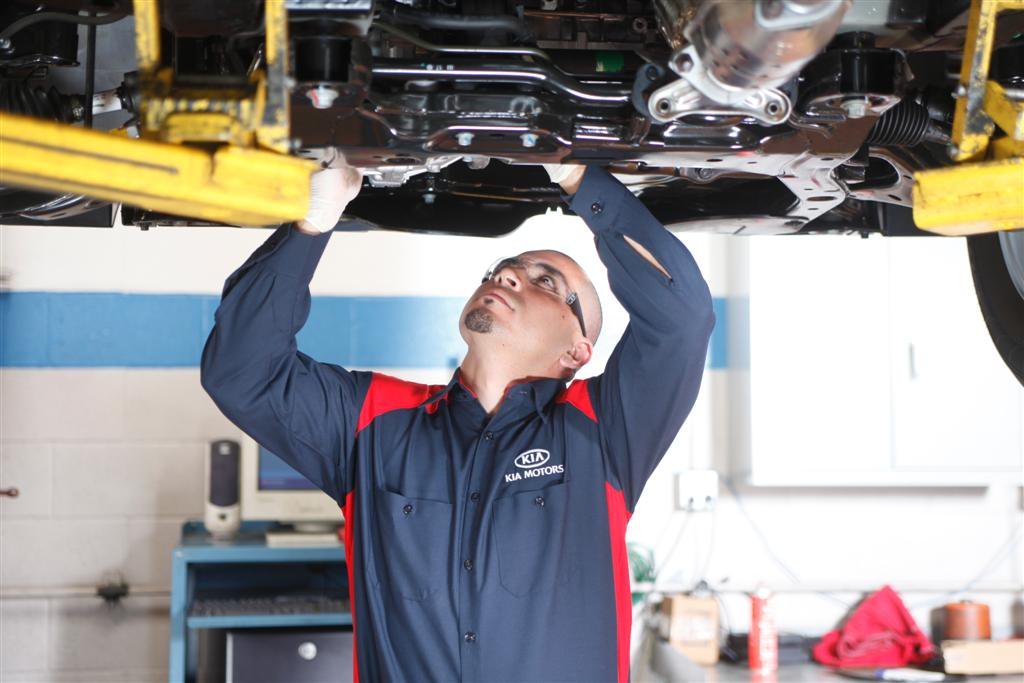What You Need To Know Before Test-Driving A New Car At Dealership

Test-driving a car is a great way to get a feel for whether or not you’d like to own it. But there are certain things you should know before taking a test drive at Kia Melbourne dealers, so you can be sure you’re getting the best possible experience:
What Type Of Car Do You Want?
Now, it’s time to decide what type of car you want. First, think about how many people will be using the vehicle. Do you need room for more than two passengers? If so, you may want to consider a crossover or SUV that offers more space and better visibility than standard sedans and coupes. Next, think about how many miles you’ll be driving on a daily basis. If your commute involves a lot of highway driving (or if there are long stretches between home and work), then consider opting for something with better fuel economy rather than spending extra money on performance features like an engine upgrade or larger tires that won’t be used often enough to justify their cost.
Finally, ask yourself what your needs are in terms of storage space—do you have kids or pets that need extra room for gear when travelling? Does the car have room for groceries as well as whatever else might fit into its trunk? These considerations will help narrow down which models might work best for what purposes while also pointing out where certain vehicles fall short when compared to others within the same category (for example, trucks tend not to offer much legroom in back seats).
Know Your Financing Options

Before you even step foot inside a dealership, it’s important to know your financing options. When you’re shopping for a new car, there are two main ways to finance: in-house financing and third-party financing.
In-house finance means that the Kia Melbourne dealers are going to be arranging your loan directly with the bank—meaning they will not be a part of any other company besides themselves. This can seem like an appealing option because the interest rate is typically lower than what you would get from a third party lender (car dealers often have relationships with banks that offer 0% APR for certain models). However, it also means that you won’t have access to as many options as other lenders may offer—which could mean lower monthly payments due to higher interest rates or higher down payments if you want lower monthly payments!
Third-party lenders are just what they sound like—a third party organization whose sole purpose is administering loans for cars and other vehicles at various dealerships across the country. These companies typically charge higher interest rates compared with their in-house counterparts but also offer more flexible terms such as longer repayment periods (e.g., 60 months instead of 48).
Ask For A Better Price
The first step to getting the best deal on your new car is making sure that you’re getting the best deal on your old one. A good rule of thumb for this is to sell it at least one month before you are planning on buying a new car, which will give you time not only to get rid of it but also to come up with an appropriate down payment and monthly payments.
You should also be aware of all other costs associated with owning a vehicle—not just the initial purchase price but also insurance and maintenance expenses over time. If possible, try to factor these into your monthly budget so that they don’t surprise you when they come due later on down the road (or, even worse: cause financial hardship).
Know what you want before going car shopping.
Before you go car shopping, know what you want. Have a general idea of the type of vehicle that fits your needs and lifestyle. It’s also helpful to know the financing options available to you, so when it comes time to negotiate with a Kia Melbourne dealer, you can ask for better pricing.
Once there, test-drive the car. This is where a lot of people get stuck: they like everything about the car except for one thing but are afraid they’ll lose their chance if they don’t buy it right away. Test drive other cars as well so that in case something goes wrong or doesn’t feel right with this particular model, then at least there are other options out there for consideration!
Ask questions about warranties before signing any paperwork (like if it covers wear and tear). Also make sure all costs associated with buying/selling have been disclosed—such as fees associated with transferring ownership or registration documents from person A to person B who lives within 50 miles radius from city X in state Y etc., which could add up quickly. Depending on location specifics!
Conclusion
Just remember that cars are a major investment, so you want to make sure you’re making the right choice. It can be exciting to go car shopping and test-drive a new car, but if you’re not prepared for it, it could turn into a bad experience. We hope this guide helps you prepare for your test drive and makes the whole process more fun!